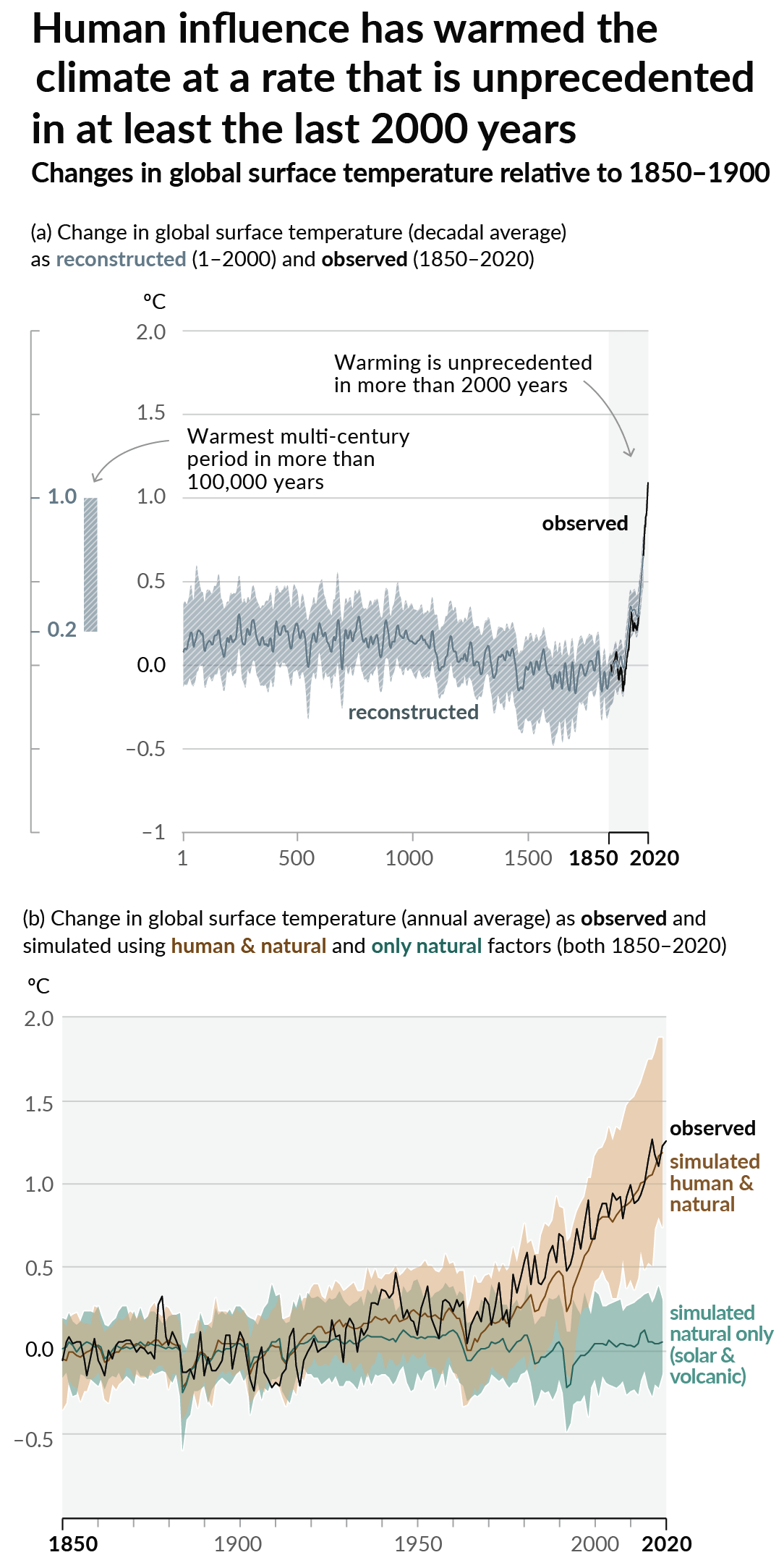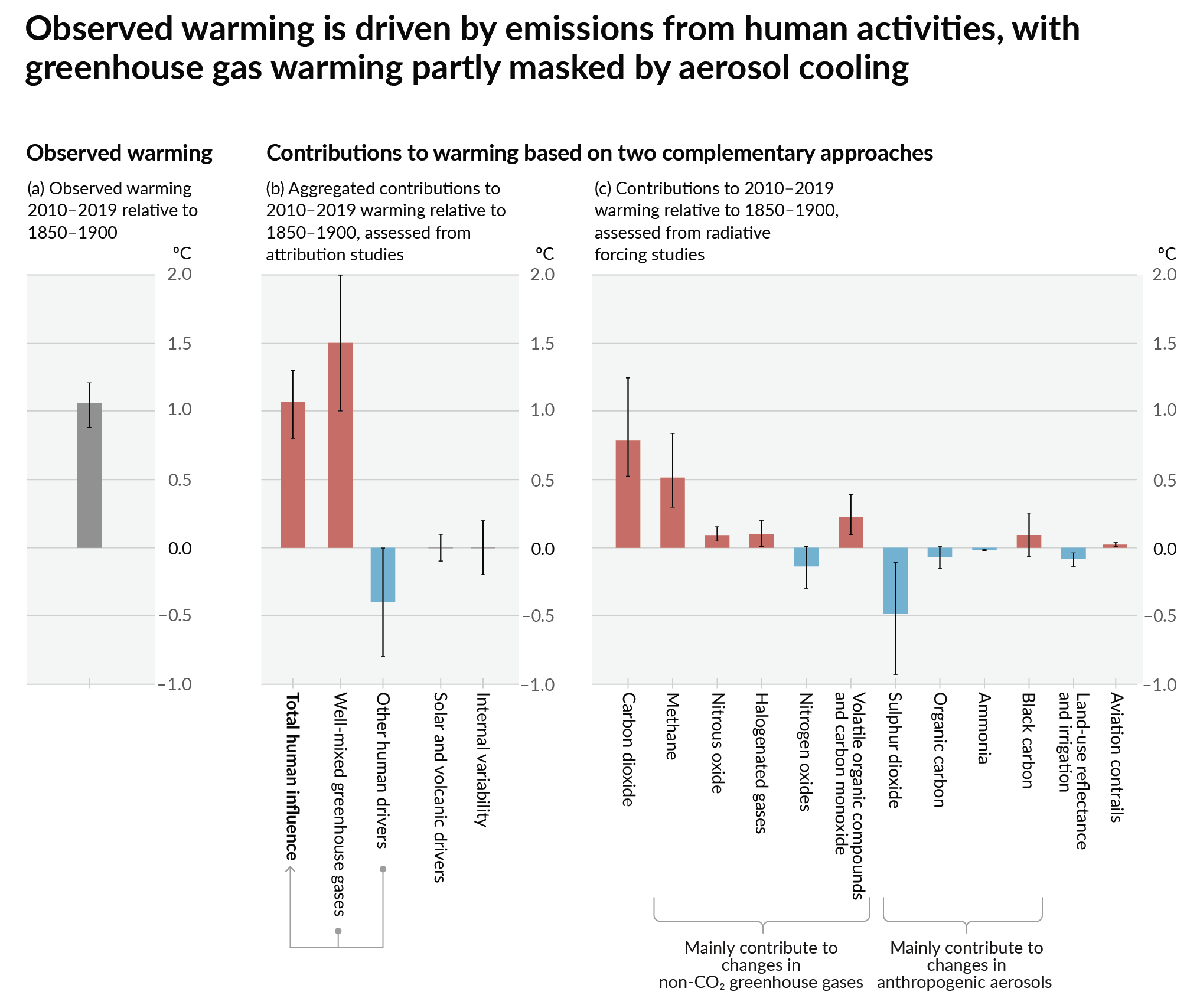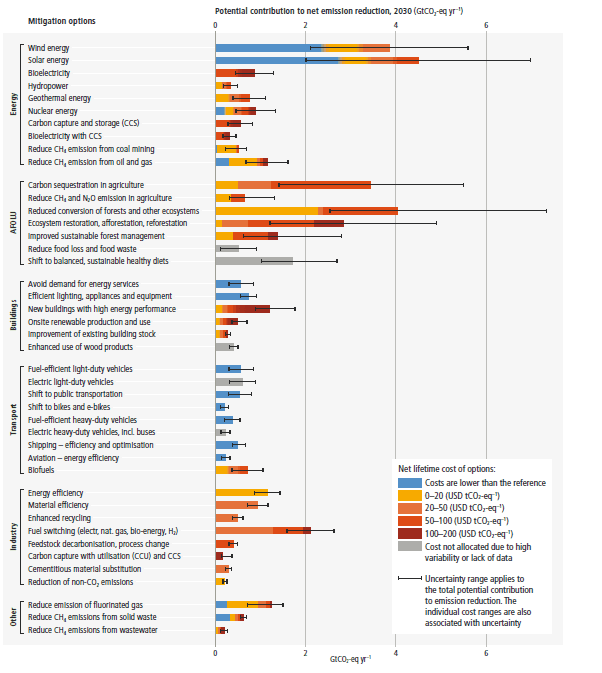this post was submitted on 24 May 2025
199 points (99.5% liked)
Climate - truthful information about climate, related activism and politics.
6834 readers
1439 users here now
Discussion of climate, how it is changing, activism around that, the politics, and the energy systems change we need in order to stabilize things.
As a starting point, the burning of fossil fuels, and to a lesser extent deforestation and release of methane are responsible for the warming in recent decades:

How much each change to the atmosphere has warmed the world:

Recommended actions to cut greenhouse gas emissions in the near future:

Anti-science, inactivism, and unsupported conspiracy theories are not ok here.
founded 2 years ago
MODERATORS
you are viewing a single comment's thread
view the rest of the comments
view the rest of the comments
Nope, today nuclear actually makes sense. Renewables are cool and relatively cheap but only as long as they output power. Then what? Spin up that coal power plant such as during night? And produce a ton of climate warming co2 and a lot of pollution. The problem is that we don't have energy storage nor a viable solution for it. Said that, cutting corners is a big no-no.
No, we have viable energy storage solutions already. We haven't built them out, but they are already feasible. And the best part about them is that they get more feasible each year, while nuclear becomes less and less feasible each year.
Assuming that you start today, by the time the first nuclear plant comes online, it will be so wildly uncompetitive that only huge amounts of subsidies will be able to keep it running.
Closing down existing nuclear was a mistake, and there's probably an argument to be made that scaling back on its construction and R&D was also a mistake. But trying to go back to nuclear at this point when renewables and storage are so obviously taking over is a larger mistake.
What viable solution we have for i.e. a week worth of energy in worst case scenario? Let's take Slovenia for example with yearly consumption of 12.95 TWh, a week worth of energy would be 248 GWh. And during winter this number is probably higher. How would you store it? Note that US consumption is twice as high and population is x150.
A scenario where you get zero production for a week is very unlikely - broadly speaking, you cope with this by building out production to produce a massive surplus, with various industries that can at variable rates use up the massive amounts of cheap power in the base case, then you build up storage to cope with the most likely scenarios of capacity reduction/smoothing out the price curve throughout the day.
It's also important to note that demand is far from static - people can and will reduce their usage when incentivized to do so, usually in the form of raising prices in low capacity scenarios. It's already starting to become quite popular to do so today, with spot price electricity plans allowing people to pay ridiculously low rates by aligning their energy usage with capacity availability - things like charging EVs/running laundry/running dishwashers/storing up thermal energy.
That's why I wrote "worst case". Imagine a winter rainy week with short days when heat pumps are running like crazy. But again, I have yet to see real energy storage solutions or real such scenarios.
This sounds like quite a rube goldberg machine to avoid simply supplying a predictable baseline with nuclear. If you try to out-surplus increasingly common climate catastrophes, you're going to be in for a rude awakening.
Any surplus or pricing plan will be gamed by power hungry datacenters or other wasteful capitalist scam-de-jour. Like you said, demand is elastic so any spare watt will eventually be sucked up as the price curve is optimized. The combined fluctuations on supply+demand is not what you want for a stable grid.
I predict a scenario where storage has to shore up that instability; much more storage than people think. The potential for a zero-supply floor (independent of demand growth) with massive surplus peaks requires building out an equally massive buffer. What will that ecological damage will look like? Will our current projections and efficiencies hold true at that scale?
The cheap energy -> increased demand -> increased storage -> more surplus cycle will cement our reliance on cheap energy, which requires more stability which means more storage, etc...
Let me clarify here that renewables are important for planning a responsible energy future, but only chasing cheap energy isn't the solution. It's not possible for us to out-produce the over-consumption that got us here.